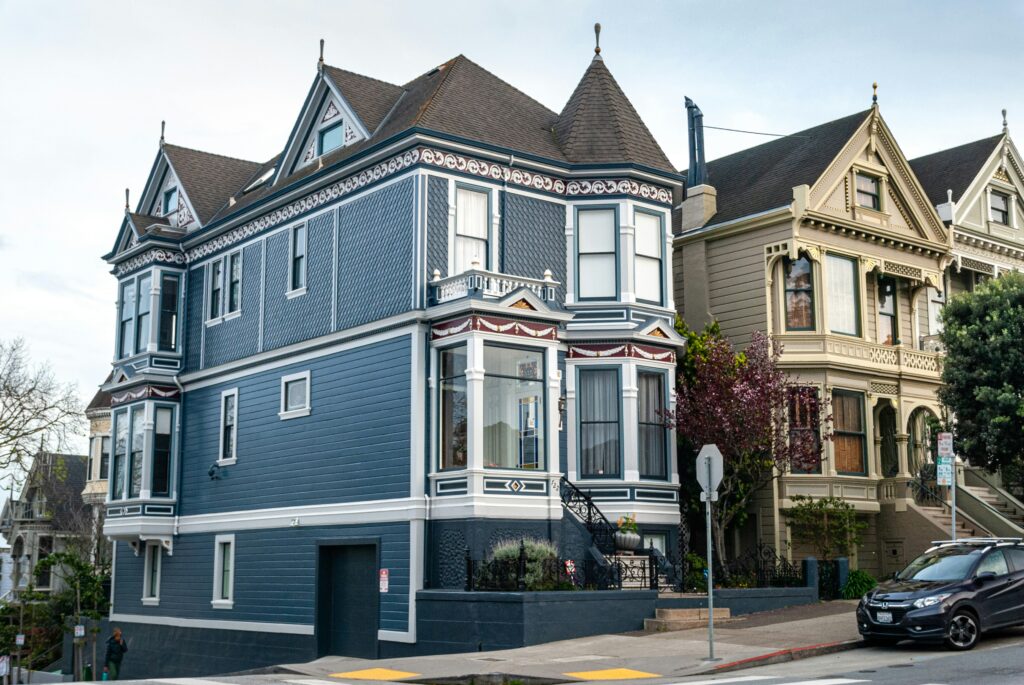More Californians plan exit as home prices top $900K
By Steven Greenhut | August 22, 2024
When I received a job offer to move from Northwest Ohio to Orange County, Calif., in the 1990s, I thought that I had hit the lottery. The 3.1-million-population county has nearly perfect weather, idyllic beaches, and a fun and diverse culture. The one drawback: home prices. At the time, finding reasonably priced housing was a challenge. After a grueling search, we scored a 2,100-square-foot suburban house just over the county line for $217,000 – around four times our annual salary.
Traditional housing-affordability models focus on house-price to income ratios, with our situation (4.0, reflecting homes that were four times my income) considered “moderately unaffordable.” According to a recent report from Demographia and Chapman University in Orange, the current nationwide number is 4.8 (“seriously unaffordable.”). California and Orange County’s prices now are in the stratosphere, with ratios that range from “seriously unaffordable” to “impossibly unaffordable.”
“The United States had five impossibly unaffordable markets, four of which are located in California,” according to the report. “San Jose was the least affordable major U.S. housing market in 2023, with a median multiple of 11.9 (91st internationally). Los Angeles was the second least affordable in the U.S. (90th internationally), with a median multiple of 10.9, ranking, while San Francisco had a 9.7 median multiple and San Diego’s median multiple was 9.5.”
A new study from the California Association of Realtors also confirms the dire situation for most would-be California homeowners. Instead of using a price-to-income ratio, it reports on the percentage of households that can afford a median-price home. The news is depressing. Statewide, the median-home price has topped $906,000, with only 14% of California households able to afford one. A family needs a $237,000 annual income to afford the total monthly payment of nearly $6,000. A family would need a $180,000 income to afford the median $690,000 condo.
The state has a few relatively affordable rural counties, but the situation becomes bleaker when zeroing in on prices in major coastal metro areas. Back to Orange County, where only 11% of households have the $375,000 income necessary to afford a median-priced ($1.4 million) single-family home. Adjusted for inflation, that $217,000 home sold three decades ago equals $418,000 today, which sounds cheap by current standards. Zillow currently pegs that exact home’s value at just over $1 million.
Despite a couple of housing busts over the decades, the price trajectory in California continues to shoot upwards. To really blow your mind, consider this snippet from a 1989 news story in the Los Angeles Times: “Remember those ancient times when you could buy a house in Orange County for $34,000? Not so ancient, actually. How about 1974?” The writer bemoaned median prices at the time that hit an astronomical-seeming $232,000. Adjusted for inflation, the 1974 median price would be $199,000 today and the 1989 price would be $588,000, which still sounds like a bargain.


Had I been offered that Orange County job today, I never could have taken it because of current housing prices. A new report from University of California Irvine focuses on the county’s coming “brain drain,” as others avoid coming or staying there, too. OC’s population is relatively stable and most residents enjoy their quality of life, per the study, but researchers see “danger lurking around the corner” as one-third of residents say they actively are seeking to move elsewhere and a total of 51% are “potential leavers.” The main reason is housing affordability.
In its reporting on the study, the Los Angeles Times interviewed an OC resident who expressed the situation in personal and relatable terms: “We don’t want to leave. It’s beautiful here. Our friends are here. My fiancé’s family is here. We’ve built a community in Orange County. We just can’t afford to live here.” That’s a sad situation – and an entirely predictable result of the slow-growth policies the state has adopted since before I moved to California.
My Pacific Research Institute colleague Wayne Winegarden and I recently published a Free Cities Center booklet, “Giving Housing Supply a Boost,” about housing and the related homelessness crisis. We document myriad state and local policies that, since the 1970s and accelerating in the 1990s, vastly limited housing supply and led to the housing shortages that have driven prices of existing housing stock to these current absurd levels:
It’s basic supply and demand. Government policies since the 1970s artificially constrained the supply of housing through slow-growth rules, urban-growth boundaries, an increase in developer fees, environmental laws and regulatory edicts including inclusionary zoning – i.e., requiring builders to set aside a percentage of under-market units in each project. Until recently, those cities’ populations grew and the result is a disaster.
California’s nonpartisan Legislative Analyst’s Office produced a noteworthy – and often quoted – 2015 report that provides historical context for the state’s housing woes. … The LAO points to 1970 as a pivotal year, noting that housing in the following decade soared from somewhat above the national average to 80% above it. Something changed in that decade – mostly a convergence of state and political forces that limited construction. The report said that California was underbuilding new housing by about 110,000 units a year, especially along the coast.
Lawmakers have rolled back some building regulations, but so far it’s been insufficient to cool overheating prices. As the Demographia/Chapman report explained, this situation poses an “existential threat to the middle class.” They also pose an existential threat to California’s economic future. We can’t have a growing economy if workers can’t afford to buy a home and enjoy a productive life here.
Steven Greenhut is director of the Pacific Research Institute’s Free Cities Center.
